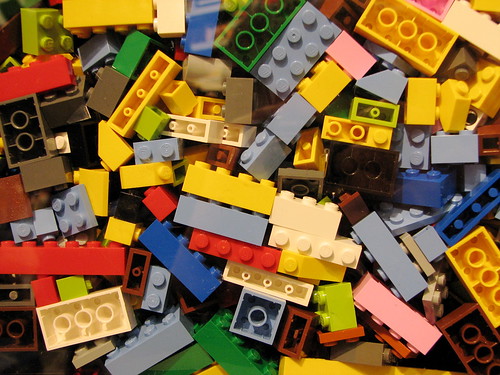Watching children play or simply behaving in an environment in which they feel relaxed is very informative - as anyone who knows of Piaget's work can testify to. It is informative in two ways. Firstly, it is a point of reference to one's own early childhood and secondly it is possible to see in these early stages the way children try to navigate their environment, make decisions, seek comfort and affirmation from others around them. The family environment is the one in which the children will learn the rules of social behaviour, what can and cannot be performed and how to interact with others.
I spent a few days with my nephews this week - aged 1 and 6 respectively. They are happy, lively children but not immune to tantrums when their simple desires or wants are thwarted in some way or another. But on the whole this is quite rare. It was particularly interesting to see the younger one roaming freely about the house and exploring the nooks and crannies of the lounge and kitchen spaces. When a child explores its space it does so without inhibition or assumptions towards what it should or should not do. This open curiosity and undisrupted approach to the world contrasts well with children and animals not raised in such accepting and welcoming environmental conditions.
Children and animals in captivity do not get the chance to explore the world in such a free way. Their species specific behaviours are constantly interrupted or interfered with. They are not able to fully express themselves towards their environment and with this comes a retardation of their powers to engage with the world. This means physical performance and physiological setting points are non-optimal.
Captivity means that an animal or human will feel constantly thwarted, as if the world is continually refusing to permit them to be themselves - or simply saying 'no' at every twist and turn. The conditions that support successful engagement with the environment are not there and loss of confidence may become pathological. In such cases the organism's behaviour will no longer be directed towards objects in the world around it but towards itself.
Disengagement with one's environment is a sure precursor to the appearance of self-directed behaviours like hair-pulling. It constitutes a form of disturbance whereby continuity of expression and interaction has been disrupted. A child able to roam freely and approach family members without fear of rejection or avoidance of eye contact or touch is much less likely to feel thwarted or displaced. Fortunately for my nephews, their upbringing is one that allows them the freedom and affection they need to become healthy human beings. Sadly, this is not the case for everyone.

No comments:
Post a Comment
Please leave your comment below: